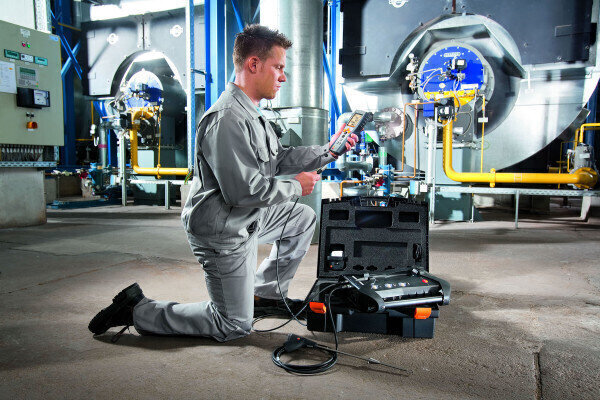Mining is an essential sector for economic growth in many African countries. However, the environmental impact of mining can be devastating, particularly when it comes to air quality. Poor air quality in mines and surrounding communities can lead to serious health problems such as respiratory diseases, cancer, and cardiovascular diseases. Therefore, monitoring air quality is crucial for ensuring the safety of workers and communities in mining areas.
The mining industry in Africa is no stranger to air quality challenges. Dust generated during mining operations can contain harmful substances such as silica, asbestos, and heavy metals. When inhaled, these particles can cause lung diseases such as silicosis and asbestosis. Additionally, the use of explosives in mining can release nitrogen oxides (NOx) and sulphur dioxide (SO2) into the air, contributing to acid rain and respiratory problems.
To address these challenges, many mining companies in Africa have implemented air quality monitoring systems. These systems use various instruments to measure the concentration of pollutants in the air, such as particulate matter, NOx, SO2, and volatile organic compounds (VOCs). Some mines have even installed real-time monitoring systems that provide continuous data on air quality.
One example of a successful air quality-monitoring program is the Mine Dust Watch program in South Africa. This program, launched by the Council for Scientific and Industrial Research (CSIR), provides real-time monitoring of particulate matter concentrations in mining areas. The program uses a network of sensors installed throughout mines and communities to measure dust levels and provide early warning of potential health hazards. This system has been credited with reducing dust levels and improving air quality in mining communities.
Similarly, in Zambia, the Copperbelt Environment Project (CEP) has implemented an air quality-monitoring program in the Copperbelt Province. The program uses a combination of fixed and mobile monitoring stations to measure levels of particulate matter, SO2, and NOx. The data collected is used to inform policy decisions and develop strategies to reduce air pollution in the area.
Despite these efforts, there are still challenges to effective air quality monitoring in mining communities in Africa. One major issue is the lack of resources and infrastructure, particularly in rural areas. In many cases, mining companies are responsible for implementing air quality monitoring programs, but they may lack the necessary resources and expertise. Additionally, there can be resistance from local communities and workers who may not trust the data collected by mining companies.
To address these challenges, there is a need for increased collaboration between mining companies, government agencies, and local communities. This collaboration can help ensure that air quality monitoring programs are properly funded and implemented, and that data collected is transparent and accessible to all stakeholders.
In conclusion, air quality monitoring is crucial for ensuring the health and safety of workers and communities in mining areas in Africa. While there are still challenges to effective monitoring, there are many successful programs in place that can serve as models for future efforts. With increased collaboration and investment, we can work towards a future where mining operations in Africa prioritize the health and well-being of the people living and working in these communities.


